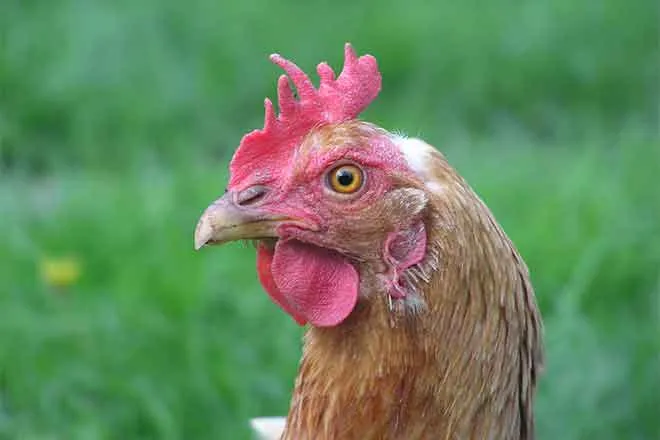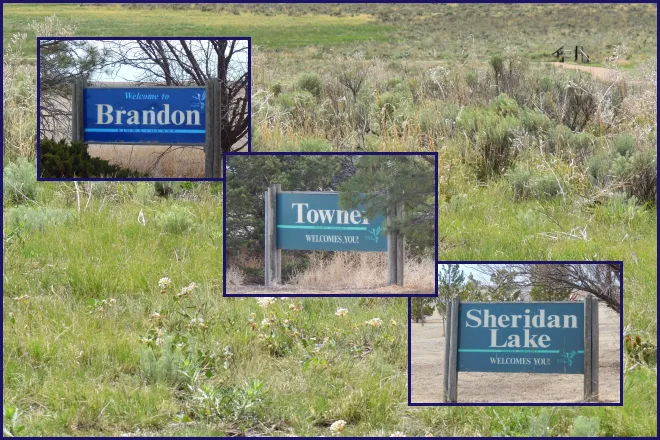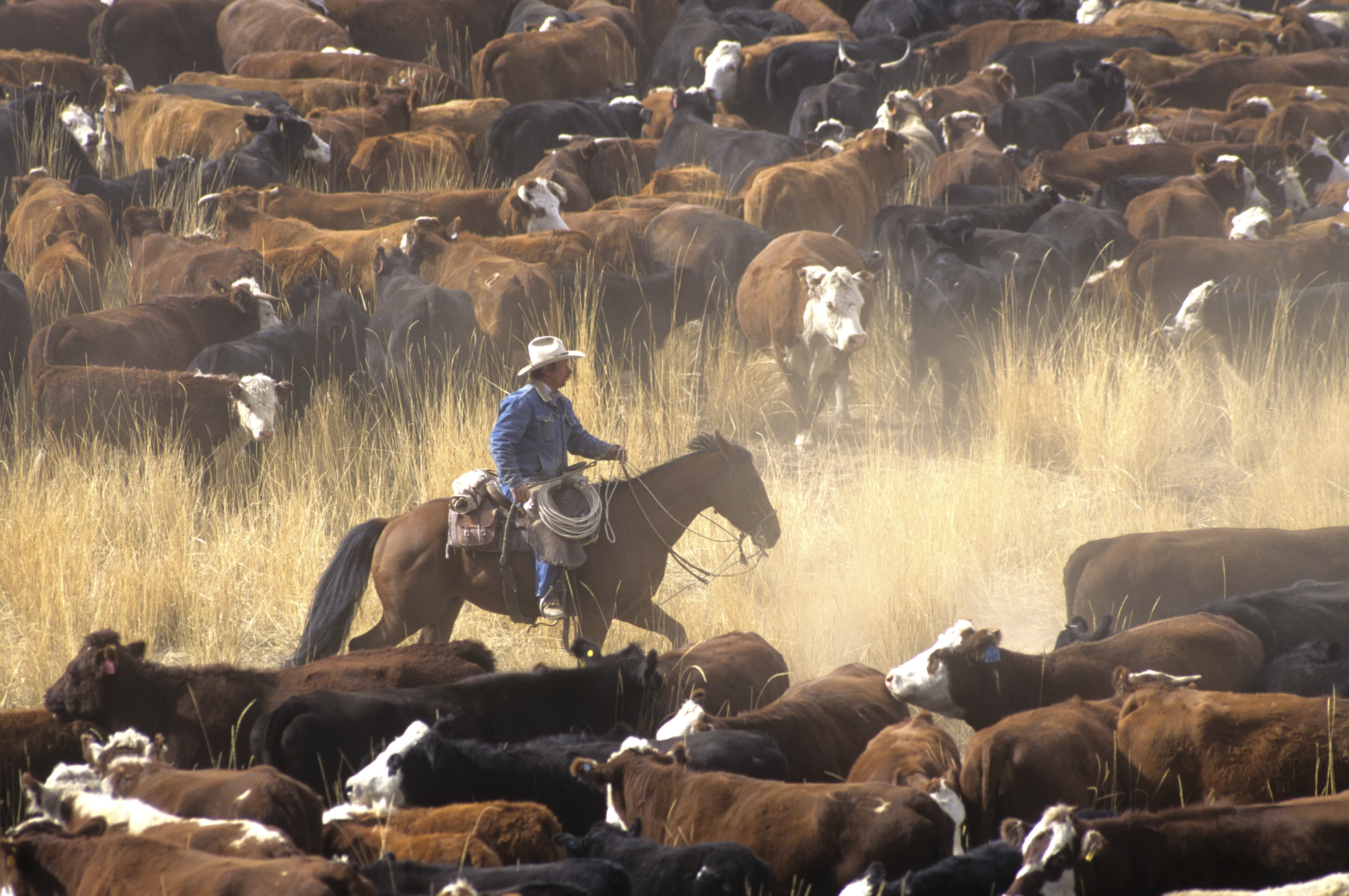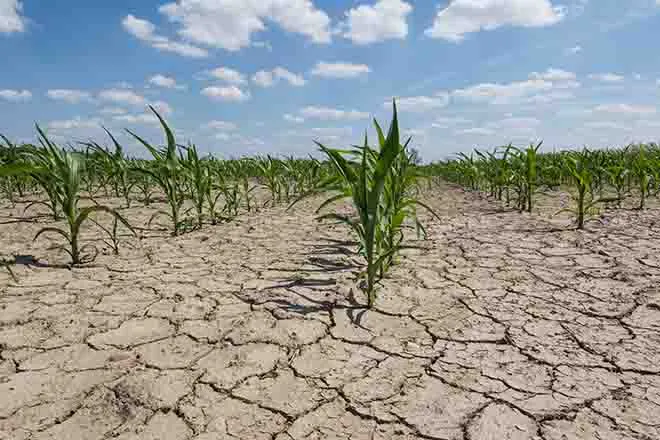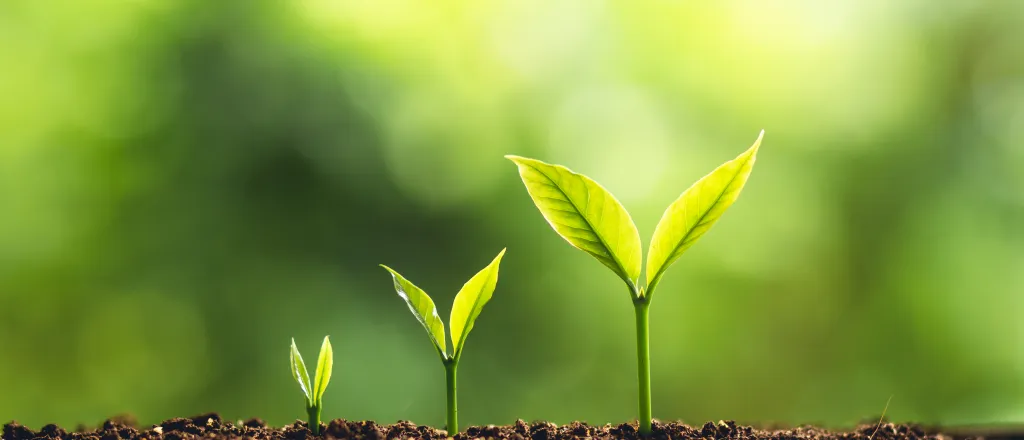
Sowing Seed - A tough row to hoe
Hello again.
I don’t know why I wrote hello. You can’t tell me or write me hello back. I guess it’s just one of those things that I think about that I shouldn’t. You know, like why is it called a driveway? Why do you get 10 hot dogs and only eight buns? Why is it that you can lift a kangaroo’s tail off the ground and he can’t hop? Why is it that catfish have an odd number of whiskers? I know for a fact that you people out there that fish for catfish are going to check that one out if you haven’t already. Unlike my little sisters growing up, a crocodile can’t poke its tongue out. You can fit all the planets of the solar system between earth and the moon.
And, for the last little tidbit of information, humans have fifteen other “senses,” including the traditional five of sight, smell, sound, touch and taste. Some of them include balance, pain, temperature, thirst, hunger and fullness. Now, don’t you feel better knowing you have learned something for the day? Maybe you didn’t learn a thing. Maybe you knew all of these facts already. Maybe this is another one of those things that I’m thinking about that I shouldn’t. Dang, now I’ve got myself getting dizzy. Let’s move on.
How many of you out there give credence to seed, chemical or other data plots?
I would hope that all of you do.
Does this mean that I recommend going out and planting the plot winner every time? Not at all. Let me explain. There is so much more involved in a test plot than which variety came out on top, right? Usually it’s going to be that particular seed dealer’s variety that wins, places and shows anyway.
I want you to stop and think about this one tidbit of information. It’s not the silly stuff I was talking about earlier. Every one of those corn varieties that are out there have the potential to make 600 bushels to the acre. Every one of those soybean varieties have the potential to make 200 bushels to the acre.
That’s before we put them in the ground. After we plant them, everything that we do for or to that plant either takes yield away or keeps it in place. Most of the time we lose yield to one circumstance, situation or something we can’t control. We can’t control the weather. We do have irrigation in some cases. Bugs and disease can sneak up on us. I don’t know of anybody that hasn’t happened to. There are lots of things we can control, and a few simple steps can point you in the right direction.
Where do you start? Did you ever plant the plot winner only to be disappointed that it was a dud come harvest?
Nine times out of ten, that variety did just what it was supposed to do. Why did it fall on its face then? It fell on its face because it wasn’t put in the right environment. If you don’t follow this plot and side by side data carefully, it can end up doing you more harm than good.
If you don’t have time to look at all this data, you need a seedsman or a consultant before you ever put an implement in the field. They can tell you which variety to put in your particular environment. For instance, do I want a variety that is defensive and stable, but lacks yield punch, put on my bottom ground? Of course not. We are just scratching the surface though. Let’s dig a little deeper.
I don’t care if you are planting cotton, pinto beans, peanuts or your garden, you want to know the history of the soil or field you are planting your seed in.
By the way, it’s always called soil. It’s a living breathing mixture. It’s not dirt! Dirt is what you get under your fingernails and on your socks. Where does the fertility stand? What is the organic matter? What is the pH? Is it clay, sand or something in between? What was planted there last? Were there disease issues? What pesticides were used if any? How heavy was the weed pressure? What kind of weeds were they? What’s the moisture profile?
As you can see, there a lot of questions that need to be answered before you even plan what crop you are going to plant.
When you are satisfied that these questions have been answered, you can then begin to understand what variety of any certain crop will fit where. I would encourage you to let your seed man put a variety or side by side plot on your farm. Not only will you get some very valuable information for your farm, you will get some free seed!
There are many more factors when it comes to protecting yield and we will cover those in the weeks to come. Thanks for your time and please remember to support your local paper and businesses.






